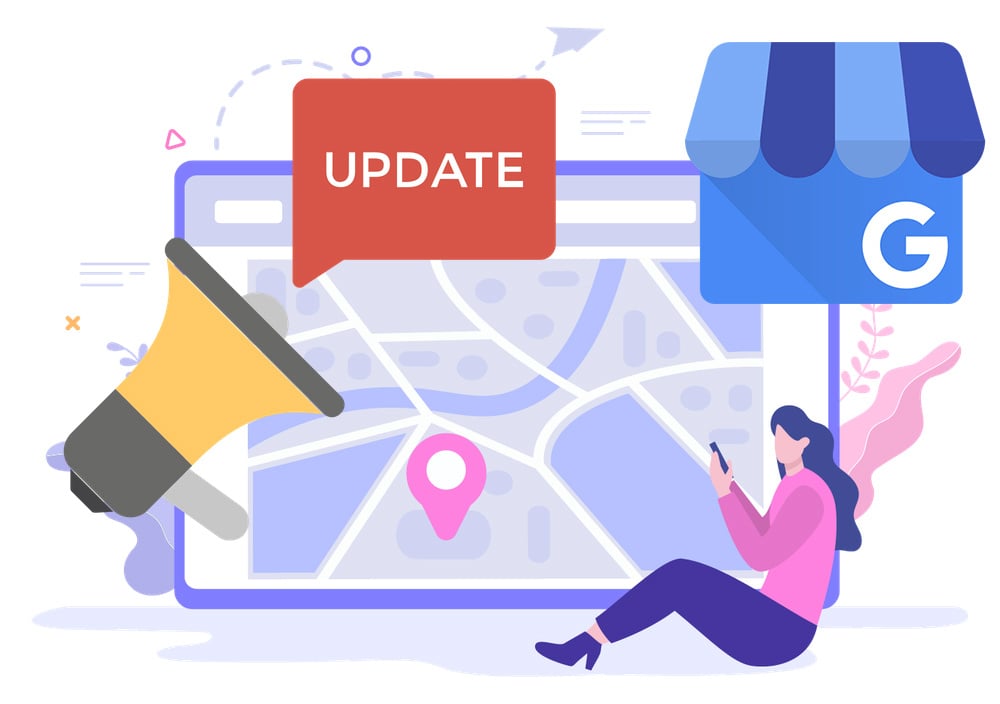Navigating Fluctuating Demand in Service Businesses
Discover the challenges and solutions of navigating fluctuating demand in service businesses and learn how to handle dips in demand effectively.

Home service businesses are often faced with the challenge of staying afloat even when customer demand is at its lowest. And even the most successful businesses can struggle when there’s not enough supplies or time to meet customer needs. Understanding and responding to these fluctuations is essential for any service business to stay competitive in today’s marketplace.
This article will explore how customer demand changes are caused and how they can impact you. You’ll also learn how to prepare for high and low demand situations.
Jump To:
- Understanding Fluctuating Demand in Service Businesses
- Factors that Contribute to Fluctuating Demand
- Challenges Faced by Service Businesses with Fluctuation in Demand
- Strategies for Dealing with Dips in Demand
- Conclusion
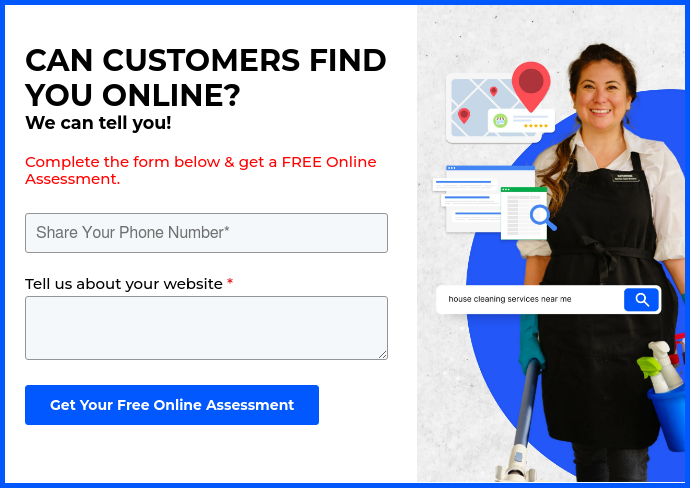
Understanding Fluctuating Demand in Service Businesses
Fluctuating demand refers to changes in the number of customers who need or want your services over time.
For example, if you are running a home repair services business, the number of homeowners looking for improvements may vary throughout the year due to seasonal factors. These include summer thunderstorms, winter blizzards, fall leaves, etc.
Similarly, a pest control services company may experience different levels of customer demand depending on what kind of pests they exterminate and when they are most active.
People who have time and the ability to change their life dramatically have those because they are comfortable financially. This is also why someone might choose to buy or renovate a home. Selling is also more likely to happen when market prices are high which might impact homeowners’ desire to fix up the home and yard.
The key to navigating these fluctuations is understanding why customer demand changes so dramatically. This could be due to external factors or internal factors. We’ll explore these below
By understanding what is driving them, you can start to develop strategies for dealing with fluctuations in demand.
Factors that Contribute to Fluctuating Demand
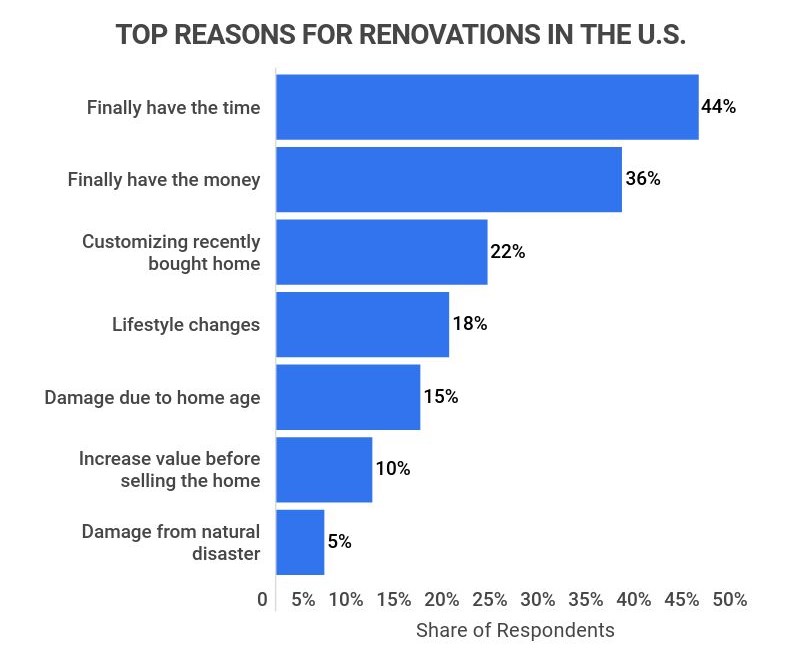
Impact of Seasonality and Other External Factors
Seasonality is one of the biggest factors that affect customer demand. For service businesses, this means understanding which times of year are more likely to see a spike in demand and preparing for them accordingly. This could involve increasing marketing efforts or hiring additional staff during peak periods while scaling back during lulls.
Weather and climate often impacts demand for certain services. For instance, if you offer landscaping services, you may experience an increase in demand during unusually dry summers because homeowners' plants are dying.
External factors can also come in the form of world crises. The COVID-19 pandemic, for example, stopped many businesses in their tracks, especially service businesses. While this was mainly due to health risks, it was also because of money. When work stopped, people needed to save money, so they wouldn’t spend on repairs unless they were necessary.
Predicting these trends can be hard, but with a plan in place, you can respond as soon as they hit. Understanding and responding to these external factors can help you stay ahead of the competition and remain profitable even when customer demand is low.
Supply Chain Issues Harming Local Service Businesses
Even though we’ve moved past the pandemic, we’re still experiencing the effects of it. With businesses unable to work in-person, supplies were unable to be created in factories or shipped around the world. Those businesses are now back to work and trying to catch up, but it takes a while to get back on track.
Although this is a global issue, it impacts many people at the local level. For instance, HVAC services require specialized parts for different heating and air conditioning units. Many people who stayed home during the pandemic realized they needed to repair their HVAC systems. Now that they can, there is a higher demand than the newly reopened suppliers can keep up with. This results in less parts on the market, and less parts that HVAC services and their customers have access to. Shortages can lead to an inability to respond quickly when customers need help. And that results in lost revenue and dissatisfied customers.
To combat these issues, service businesses need to have strong relationships with suppliers. They must work closely with them to ensure that orders are fulfilled on time. It’s also important to keep track of the latest trends in the industry. That way, you can anticipate potential supply chain disruptions before they occur.
Challenges Faced by Service Businesses with Fluctuation in Demand
Revenue Instability and its Implications
When demand is low, service businesses suffer financially. Their revenues are directly linked to the number of customers they serve. This revenue instability can harm cash flow and lead to difficulty in meeting financial obligations, such as payroll and rent payments. It also affects other areas such as marketing, customer service, and product development.
Difficulty in Managing Workforce and Resources Optimally
When demand is high, service businesses often find it difficult to manage their workforce and resources effectively. This can lead to a lack of productivity, wasted resources, and higher costs.
When demand is low, however, businesses may have too many workers or not enough equipment. This can lead to inefficiencies. They must also deal with the challenge of having fewer customers which can affect morale and motivation.
Maintaining Customer Satisfaction and Quality of Service
Whether demand is high or low, it’s easy to get panicked. This can make your service suffer and cause you to lose customers, which is never a good thing. Remember why you started your business: to serve your customers. It’s hard to put your fears aside completely, but try to treat your customers with the care and kindness they expect from a local business. This will keep them coming back no matter what.
Managing Inflation
Inflation impacts businesses of all sizes. It causes customers to rethink what they’re spending their money on, including your services. It may also make your supplies more expensive. Both these factors lead to less revenue.
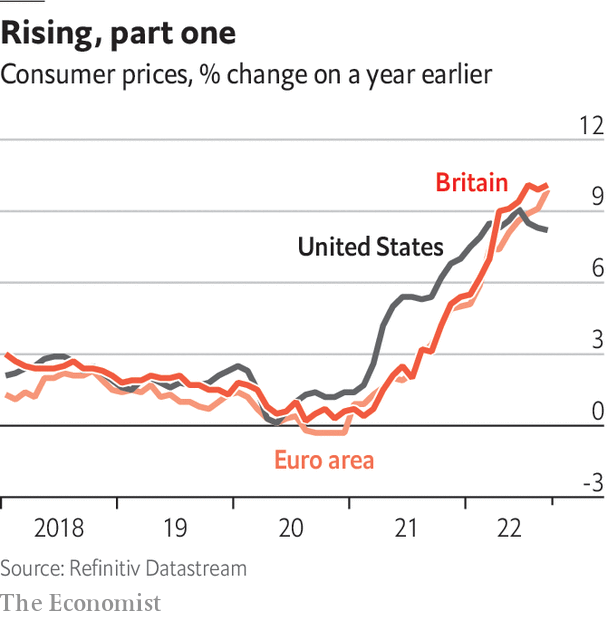
Source: The Economist
Inflation causes everyone to struggle, from customers to employees to suppliers. You may need to adjust your prices and/or wages up or down to accommodate an increase in costs and a low demand.
Strategies for Dealing with Dips in Demand
While fluctuating demand can make you feel helpless, you don’t have to be. There are proactive steps that service businesses like you can take to manage demand fluctuations. Take a look at these ways you can keep your business running smoothly through all the ups and downs.
1. Rethink Your Workforce
Your workers are the heart of your service business. But sometimes they can’t keep up with high demand. On the other hand, multiple crews sitting around doing nothing during times when jobs are slow to trickle in cost you way too much.
One way to respond to fluctuating demand is by hiring temporary workers. This can be especially helpful during peak seasons. These workers can help with higher customer demand without requiring long-term commitments from your business. You also won’t have to pay these works when they’re not needed.
Another strategy is to cross-train existing staff so that they can fill in for each other when demand is changing dramatically. Cross-trained staff will help your business remain profitable even during periods of reduced or increased customer demand. Plus, you won’t have to pay another full salary - you’ll just increase cross-trained employees’ pay.
You could also consider building a network of freelancers or subcontractors. They can help with customer needs when demand is high. This will allow you to scale up your workforce quickly without having to commit to long-term contracts and salaries.
2. Adjust the Services You Offer
If you're struggling with low customer demand, consider offering complimentary services that can help bring in additional revenue. For example, if your business offers roofing services, you could also offer gutter cleaning services during off-peak times.
Another strategy is to expand into related industries or niche markets. A plumbing services business, for example, could offer specialized drain cleaning services or bathroom remodeling services.
You could also consider offering maintenance contracts or subscription-based services. These types of services allow customers to pay a flat fee for regular maintenance. This fee can keep your business running when demand is low.
These strategies can help your business remain profitable. They also provide customers with the convenience of regularly scheduled services.
3. Launch Bold Promotions
One way to boost customer demand is by launching targeted online advertising and social media campaigns. By running ads on Google and posting on social media, you can increase awareness of your business. You’ll also draw in new customers who may be looking for the services that you offer.
You could also consider collaborating with other businesses in your area to run joint promotions. This will help you reach a larger audience. You could also bring in new customers who may not have heard of your business before.
Another great way to boost customer demand is by leveraging customer testimonials and referrals. Ask your current customers for reviews and referrals. Just be sure to show appreciation for their efforts. This will help to build trust in your brand. It will also encourage more people to use your services.
You could also consider using guerilla marketing tactics to get the word out about your services. This could include things like handing out flyers in busy areas, setting up a booth at local events, or running unique promotions that will draw attention to your business.
4. Onboard Simple Technology that Accomplishes More for Less
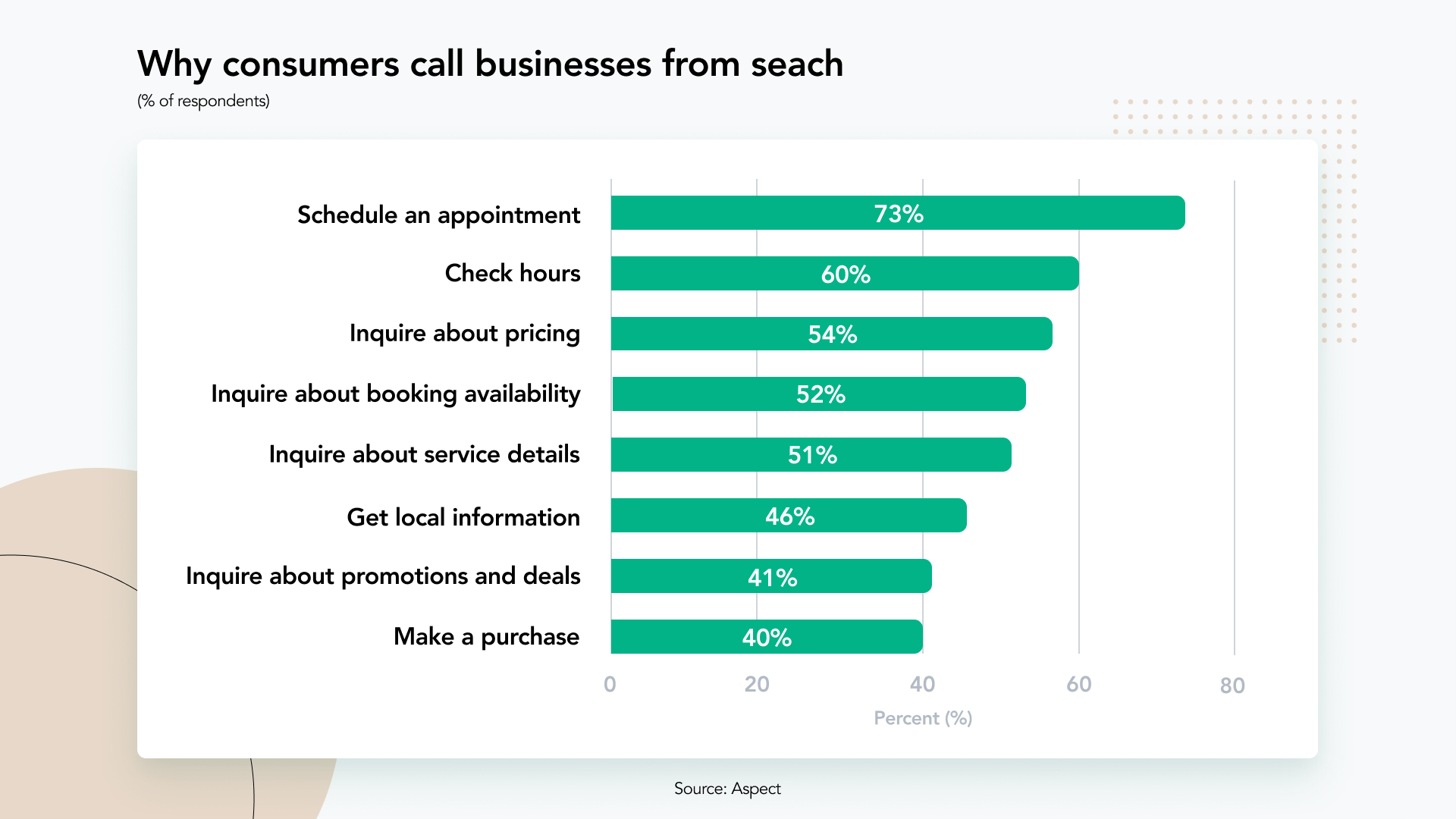
Source: Invoca
Technology is tough to work with sometimes, especially for those who aren’t tech-savvy. But there are many simple systems you can use to make your service business stand out. There’s a much wider audience online for you to sell to, so why not try and take advantage of it?
One great option to try is on-page conversion tools. These are pages on your website that allow customers to schedule an appointment and make payments from the comfort of their home. By making those services available online, you make it quick and easy for clients to connect with you. You’ll also draw in new clients who may only be comfortable booking online. Adding a simple and convenient option like this is sure to draw in more customers.
You could also focus on optimizing your local search engine optimization (SEO). This will make it easier for customers in the area to find your business by searching for terms like "handyman services near me" online. Web chat software and automated customer support tools can also help reduce the need for additional staff during times of low demand.
Social media is another great way to engage with customers and remind them of your services. You can use platforms like Facebook, Twitter, Instagram, and YouTube to create engaging content at a low cost. This will draw in new customers even during times of low demand.
Each of these digital tools take some time initially to get used to. But once you feel comfortable with them, you and your team will be able to accomplish hours of work in minutes. In some cases, strategic use of technology can make your team members feel that they are each easily completing the work of two people.
4. Offer Flexible Pricing
Even though everyone needs home services, most people will put it on the back burner when their wallets are hurting. Discounts or packages can help draw in customers during slow periods. This is because people are more likely to purchase services when they feel like they’re getting a good deal.
One option is bundled services. You can offer special pricing for certain services used together. This could be anything from a tire rotation and tire change to a roof repair and gutter cleaning. While this definitely saves the customer money, it can also save you money. You can utilize an employee who knows multiple skills and build the deal based on them. This means you only have to pay one employee for both services, so you’ll still make a lot from the bundled offer.
Some service businesses have adopted a variable pricing model. This model raises and lowers prices based on customer demand. This can help keep your business afloat during periods of low demand.
A la carte pricing is another helpful option. It allows customers to only pay for certain services they want instead of one standard fee. This lowers their cost and the amount of resources you use.
Loyalty programs are also a great way to encourage repeat business and keep customers coming back. Offering discounts or special rewards for loyal customers can help build customer relationships. This will be beneficial during times of low demand because they have an incentive to come back. One special reward you can offer is a premium upgrade. This is an extra service available only to loyal customers or at a higher fee. It doesn’t have to be something that costs a lot - just something that makes your customers feel special.
You can also offer customer financing to clients who may not be able to pay all at once. By staggering payments, you ensure you’ll get paid through the ups and downs and your clients are more likely to use your services.
Conclusion
One of the biggest challenges service businesses face is fluctuating demand. By understanding all the factors that cause dips and peaks, and preparing as much as you can with effective strategies listed above, businesses can remain competitive at any level of demand.
It’s also important to remember that no matter how unpredictable the market may be, there are always opportunities for growth. Taking advantage of these opportunities is key to staying ahead of the competition. With careful planning and a bit of creativity, any service business can stay profitable in the face of ever-changing customer needs.
%20(1)%20(1).png?width=340&name=Group%2012%20(2)%20(1)%20(1).png)

